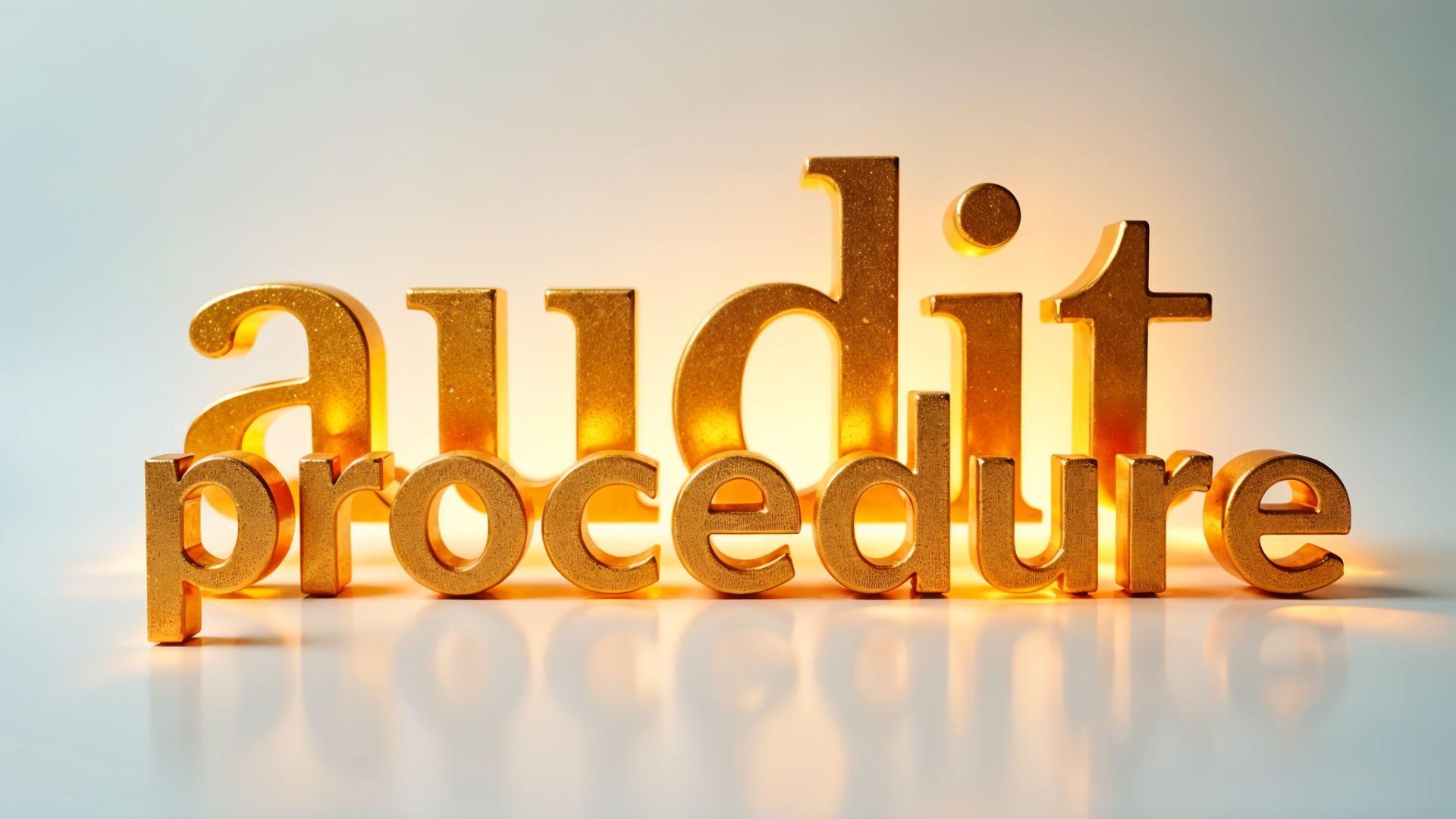Audit Procedure: Ensuring Accuracy and Compliance in Business Operations

Introduction
An audit procedure is a systematic process used by auditors to evaluate the accuracy of financial records, operational practices, and compliance with regulations within an organization. Whether conducted internally or by an external firm, audits are essential for identifying risks, improving controls, and ensuring that an organization is operating efficiently and transparently. The audit procedure follows a structured approach that provides assurance to stakeholders, including management, investors, regulators, and customers.
Planning the Audit
The first phase of any audit is planning, which sets the foundation for the entire process. During this stage, auditors gather background information about the organization, assess risks, and define the audit's scope and objectives. A risk assessment is performed to identify areas that may require closer inspection. An audit plan is then created, detailing timelines, resources, audit team assignments, and key areas of focus. Proper planning ensures that the audit is efficient and targets the most significant issues.
Conducting Fieldwork and Evidence Collection
Fieldwork is the core phase of the audit procedure, where auditors collect and evaluate evidence to support their findings. This includes reviewing documents, testing transactions, interviewing employees, and observing operations. Auditors use various techniques such as sampling, recalculation, and analytical procedures to verify the accuracy of financial data and assess internal controls. The goal is to gather sufficient, relevant, and reliable evidence to form an opinion on the subject matter under review. Fieldwork also involves documenting findings and identifying any discrepancies or areas of concern.
Evaluation and Analysis of Findings
After the evidence has been collected, auditors analyze the data to determine whether the organization is in compliance with applicable laws, policies, and financial reporting standards. They assess the effectiveness of internal controls and evaluate the severity of any errors or weaknesses identified. The analysis phase involves comparing actual performance with expected results and industry benchmarks. Based on the findings, auditors draw conclusions and develop recommendations for corrective actions or improvements.
Reporting and Follow-up
The final step in the audit procedure is reporting. Auditors prepare an audit report summarizing their findings, conclusions, and recommendations. This report is presented to management and, if applicable, external stakeholders. A well-structured audit report highlights strengths, weaknesses, and suggested actions for improvement. In many cases, follow-up audits or reviews are conducted to ensure that corrective actions have been implemented effectively. Ongoing monitoring and follow-up strengthen accountability and support continuous improvement within the organization.
Conclusion
Audit procedure are vital tools for ensuring financial accuracy, operational efficiency, and regulatory compliance. Through systematic planning, evidence collection, analysis, and reporting, audits help organizations identify risks, improve internal controls, and build trust with stakeholders. A well-executed audit procedure not only uncovers problems but also contributes to the long-term success and sustainability of a business.
- AI
- Vitamins
- Health
- Admin/office jobs
- News
- Art
- Causes
- Crafts
- Dance
- Drinks
- Film
- Fitness
- Food
- Jogos
- Gardening
- Health
- Início
- Literature
- Music
- Networking
- Outro
- Party
- Religion
- Shopping
- Sports
- Theater
- Wellness


